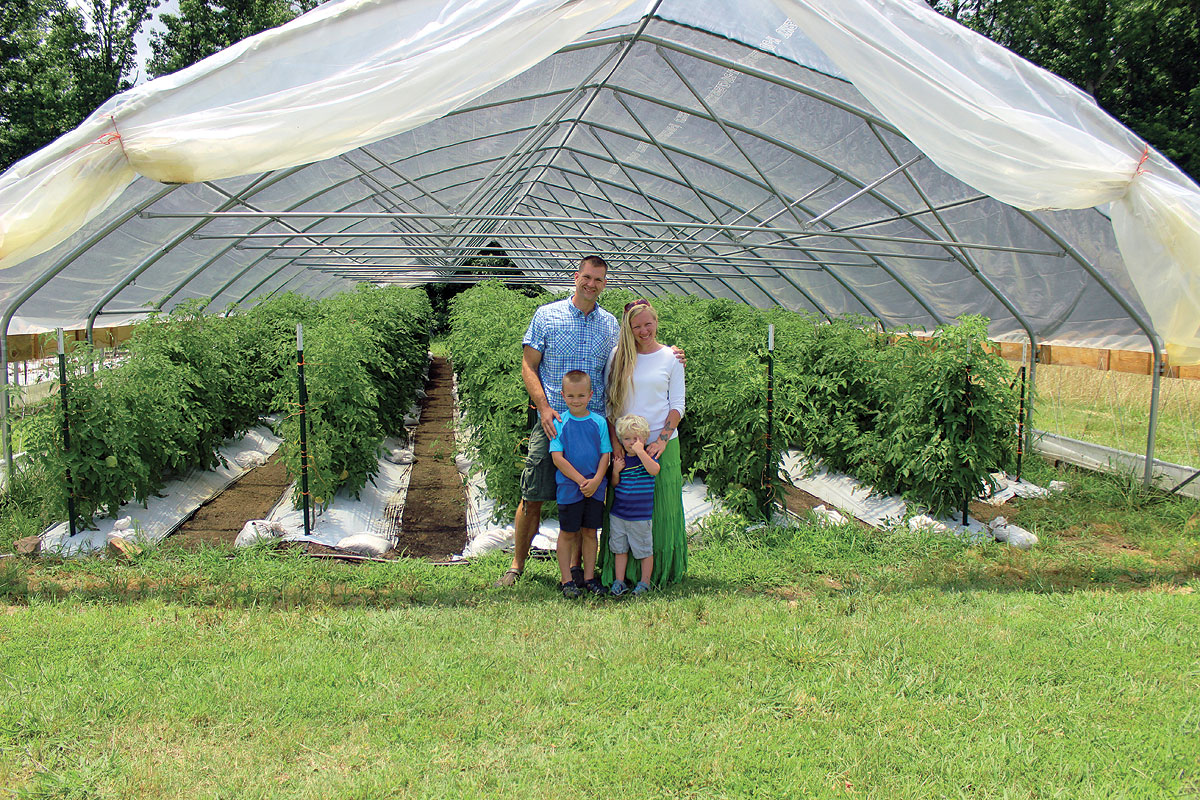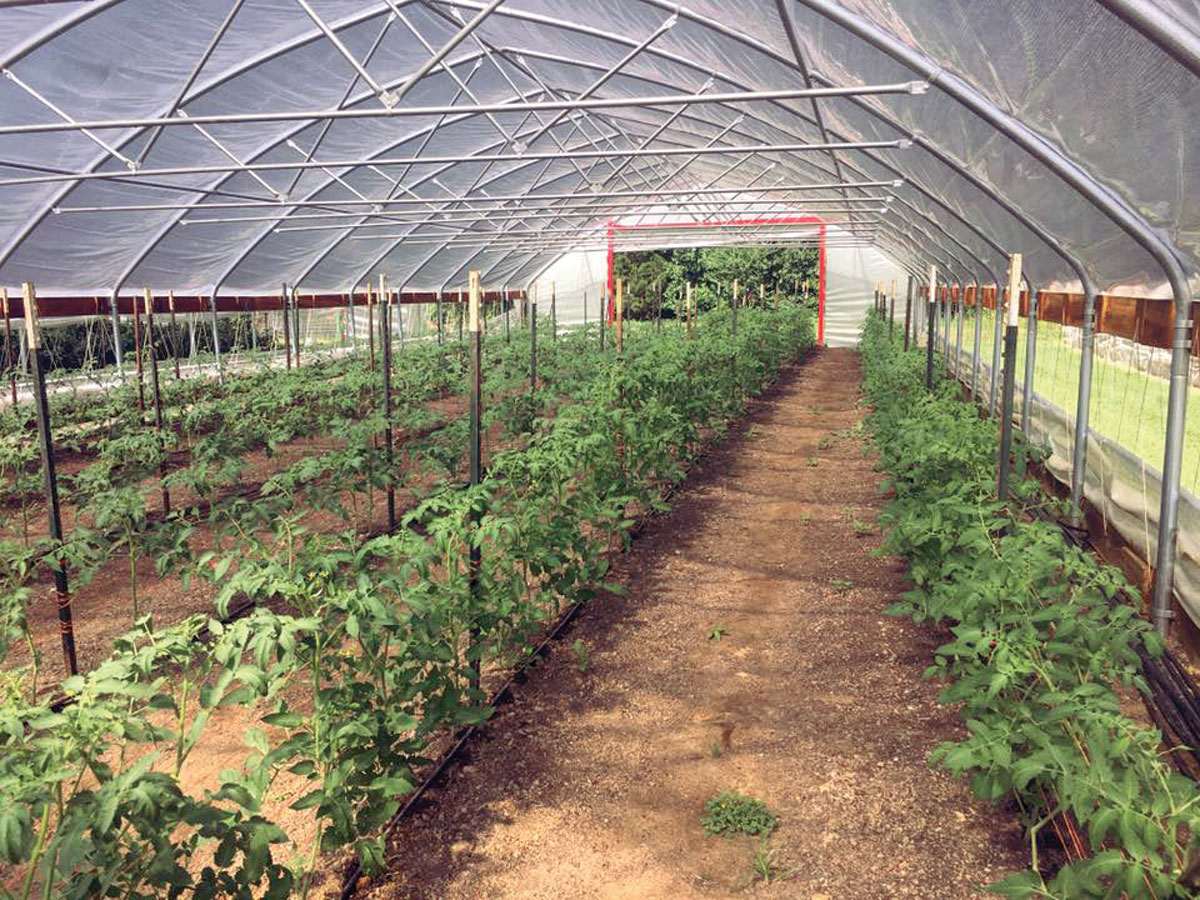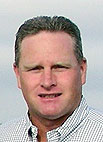
Farmers turning to the NRCS and conservation district to plan and implement high tunnels
Farmers in Faulkner County, Ark., are turning to high tunnel technology to give them a head start on production.
At first glance high tunnels look very similar to most greenhouses, but that is where the similarities stop. High tunnels incorporate intense technologies which allow the producers to expand their growing seasons by as much as four to eight weeks and allows them to grow crops not usually grown in the area. Better disease and water control are major advantages of the high tunnel systems.
The Faulkner County Conservation District (FCCD) along with the Natural Resource Conservation Service (NRCS) has been active in assisting farmers in implementation of high tunnels. Both agencies work with county farmers, organizations, and other government agencies, all considered customers to improve and conserve natural resources.
“The high tunnel system is totally different from the conventional greenhouses,” Canton Ford, FCCD conservation tech, said. “We work with the farmers from planning to construction to implementation to make sure they get the most out of their high tunnels. If done right, it is a win-win situation for the farmer.”
Rattles Garden Vilonia, Ark., has taken advantage of the assistance offered by agencies to build four high tunnels. After much research and study, Tara Stainton contacted the NRCS office and went to work building her organic farm’s high tunnel
“Our local NRCS office was great to work with,” Tara said. “They walked me through step by step, made me aware of other programs and help with the matching fund grant program when we finished construction. That cost share allowed us to offset some of the cost of using these practices on our farm”.
The two agencies provided Tara with engineering and technical assistance involving whole farm irrigation design to professionals providing information of native plants and insect control. The high tunnel programs provide Rattles Garden with a tool that can have a positive impact on their bottom line. For Tara, it means now growing produce 10 months out of the year compared to six. This has also proven advantageous in keeping farmhands longer and not having to start over with new farmhands each year. The high tunnels also allow Tara to grow in the fringes of the growing season when fewer farmers have food available. All of this provides the farm an advantage at market to get a premium price for their product.
A few basic steps need to be followed to receive NRCS financial assistance. Kits may be purchased from commercial manufactures and must be constructed according to manufacturer’s specifications Tunnels must be built on croppable land with site preparation for runoff and erosion control. Tunnels must be maintained for four years and cannot be used for house livestock. NRCS reimbursement rate is $2.09 per square foot conventional production, or $2.62 per square foot for organic. Historically underserved farmers may receive up to $3.14 per square foot reimbursement. The maximum NRCS payment is for 2,178 square feet of high tunnels, no matter how many are constructed.
As one of the largest organic gardens in the state, the high tunnels allow Stainton to grow more produce that would not normally grow in Arkansas.
“With the tunnels we are able to grow organic heirloom tomatoes profitably,” Tara said. “It lessens losses due to sun scald, disease from overhead irrigation (rain), and splitting of skins which happens when you can’t control the water.”
From a conservation standpoint, high tunnels can provide many advantages not received from outdoor production or conventional greenhouses. High tunnels use limited artificial heat, in most cases only in emergencies. As the name implies, the high tunnel design requires less artificial ventilation such as fans or forced air (which can bring in outside contaminants). Plants are grown on the ground making things a lot easier for the producer and decreasing cost.
Produce farmers interested in high tunnels should contact their local Soil Conservation District or NRCS for more information.
“Engineering and design are critical in building high tunnels,” Canton said. “We are here to help throughout the process and making use of the cost sharing is very good news for the producers.







